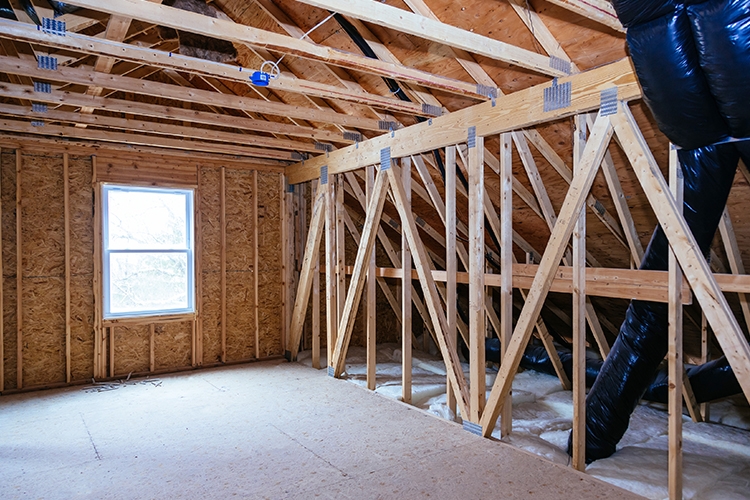By James McIntosh, national manager, technical services and Bruce Visser, technical manager, repair standards
Digital twin provides an accurate and transparent representation of the inside and outside of a property.
It allows all stakeholders to have full visibility of the damage and be able to discuss repairs openly with claims handlers, builders and other property professionals. Digital twin represents a new approach to handling claims quickly and efficiently.
The concept of a digital twin has been around for over a decade, but only recently has evolved and been more frequently put into practice for claims assessments. Digital twins can exist in several capacities depending on the area of application. As it relates to claims, digital twin is best understood as a virtual model designed to reflect a physical environment.
Pairing the virtual and physical world allows us to mirror and monitor performance, run simulations, anticipate potential risks, and address current challenges. Digital twin allows claims professionals to understand the impact — and assess the damage — of an insured event. For example, following a fire, digital twin technology allows a virtual tour of confined spaces such as roofs, and allows a safe and thorough assessment of affected areas.
Behind the scenes
The benefits of digital twin technology are far reaching — from an improved experience to speed to accuracy of data collection. The technology can act as a temporary replacement when staffing challenges arise. It also provides an added layer of safety for those behind the scenes handling potentially dangerous claims involving drugs or claims that would otherwise require personal protective equipment (PPE). Examiners, inspectors and adjusters can access information about the damage and vendors can quote on the damage without physically entering the site.
From building consultancy and engineering to repair solutions, there are countless opportunities to utilise the digital twin technology. For example, if it’s used before a claim as a preventative tool, the physical environment can be evaluated, data can be collected, and the status of the building can be documented. This historical perspective ensures a proper comparison if and when an event occurs in the future.
The human component
Digital twins can serve as our initial set of eyes and a single source of truth — providing a thorough peer review and providing another perspective for subsequent stakeholders involved in managing the claim, to fully appreciate the extent of the loss or damage that has been suffered. But don’t let technology blind you. There is — and always will be — a need for human engagement throughout the process. A camera operator can’t assist with next steps or policy info; there is no permanent replacement for the human component. Digital twin technology is a complementary tool to expedite the claims process.
The future of digital twin technology is nearly limitless, as new skills and capabilities continue to be introduced. Overall, it has enhanced the industry’s ability to respond quickly and with a high degree of accuracy and visibility into assessments. By blending the immediacy of new technologies with the personal touch and thoroughness of experienced claims professionals, clients continue to have their claims managed quickly and accurately.

